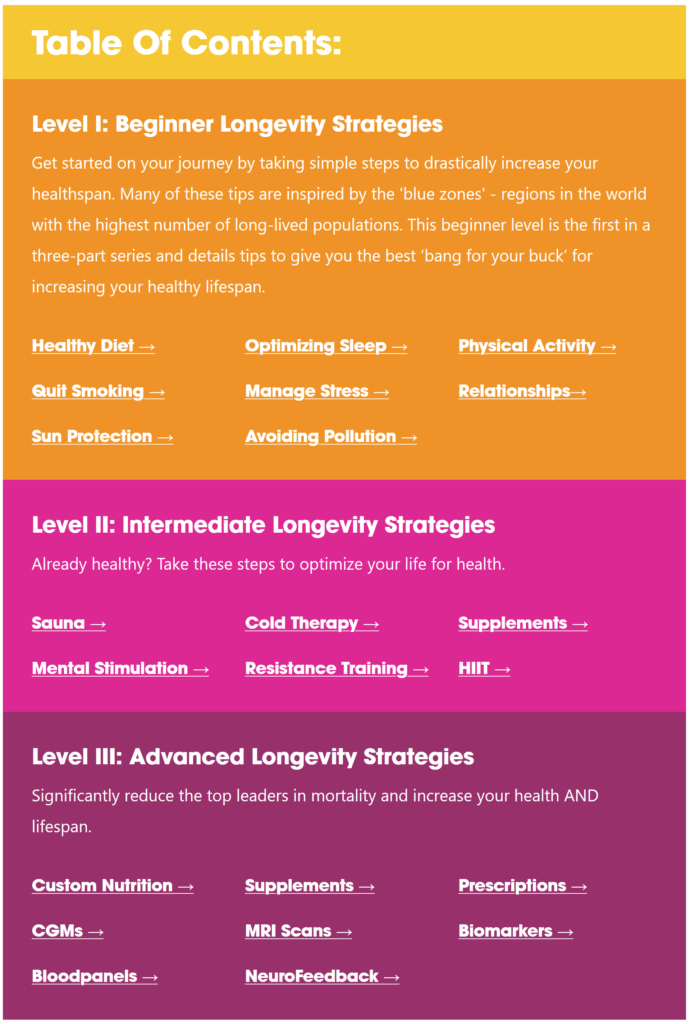One of my favourite annual publications is NPR’s Book Concierge, released each December.
After suffering from “an acute case of list fatigue”, NPR stopped producing year-end lists in 2012 and, from 2013 onwards, has instead elicited recommendations from NPR staffers and other critics to create this “interactive reading guide [that’s] more Venn diagram-y than list-y”.
It’s a wonderful way to discover new books for that never-ending to-read list.
From the introduction to the 2019 concierge, a short introduction from Mary Louise Kelly, Ailsa Chang, and Petra Mayer (NPR’s book editor):
Mayer: So the way it works is it’s a giant visual matrix of […] more than 350 books. And they’re all recommended by our staff and critics and down one side of the page […] there’s a list of filters: straight-up things like nonfiction, realistic fiction, science fiction. And then there’s kind of what we call the ‘subjective tags’, which are the fun ones like Ladies first or The dark side.
Kelly: And one of the things I love about it is it’s not some big, long book review that I have to slog through before I decide if I want to read this book. It’s just a few sentences. […] How I would describe this to my best friend.








